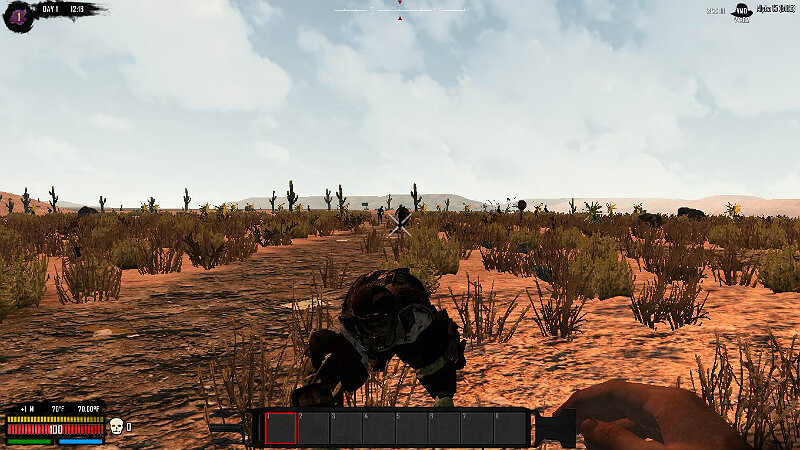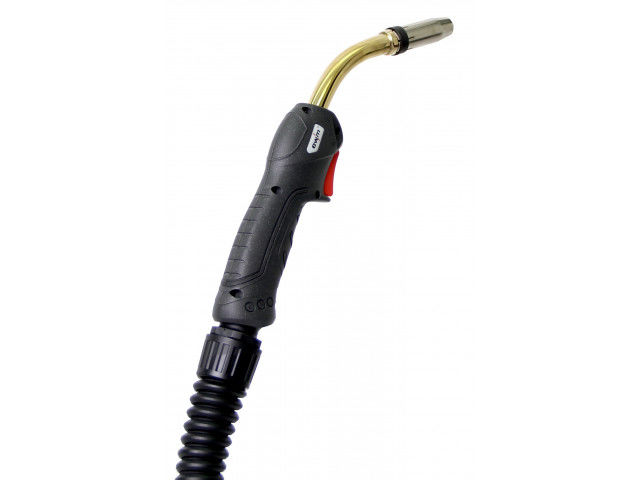

Like in one-piece tips, the oxygen bores in two-piece tips can have a straight or divergent configuration, and specialty tips are available for washing and gouging. This figure shows a cutting torch starting a cut and in action. These gases require a deeper recess between the insert and the shell to better anchor the preheat flames of these slower-burning gases.įigure 4 Two-piece tips are used for alternative fuel gases such as natural gas, methane, propylene, MAPP, and propane.

Small tips usually have small splines, and large tips use wide V-splines. For natural gas, methane, and propane, V-splines make preheats more efficient. Propylene and MAPP provide the most efficient preheats using fine, rectangular splines and a very slight recess of the insert into the front face of the shell to anchor the preheat flames. Different spline configurations allow different fuel gases to burn more efficiently. The splined insert is used to eliminate the need to drill the numerous preheat holes required for the cooler- and slower-burning fuel gases. Two-piece tips consist of an outer shell and a splined insert (see Figures 3 and 4). The divergent-bore tips use higher outlet pressures of 70 to 100 PSI and allow for a 25 percent increase in cutting speed over straight-bore tips.įigure 3 Two-piece tips consist of (1) an outer shell, (2) an inner member, (3) grooves for preheating flames, (4) extremities of grooves, and (5) a cutting oxygen passage. One-piece tips have oxygen bores that come in two configurations: a straight bore using 40 to 60 PSI for hand cutting and a divergent bore that has a tapered or flared outlet hole for use in machine cutting. However, two-piece tips generally provide the best results with MAPP gas and propylene. They have eight preheat holes to provide the extra heat required for these gases. One-piece tips can be used with methylacetylene-propadiene (MAPP®) and propylene. Tips also are available for gouging out welds, cutting sheet metal, and other specialized uses. Rivet-washing tips use a low-velocity cutting oxygen stream to blow rivets through a plate without damaging it.

Tolerances must be controlled carefully to produce stable cutting tips.įigure 2 One-piece tips have (1) a cutting jet oxygen passage and (2) preheating flame passages.Īcetylene tips are manufactured with four or six preheat holes and are produced to allow light, medium, and heavy preheats for use with clean, dirty, or rusted plate. The copper alloy is machined, drilled, and swaged over special wires to produce exact holes for preheats and cutting oxygen bores. One-piece tips are used with acetylene and are made from copper alloy to withstand the heat of the cutting process (see Figure 2). Cutting tips come in one-piece and two-piece styles. Tip design is based on the flame characteristics of the fuel gas used, as well as the intended use of the cutting tip. Unfortunately, the best size and uniformity of welding and cutting tips to use can be a source of confusion for users. These single-hole copper-alloy tips are attached to a torch handle equipped with a mixer that mixes the fuel with the oxygen, much like a carburetor in a car mixes the gas and air.įigure 1 Welding tips mix oxygen and fuel, and then the mixed gas is pushed through the welding tip and is burned at the tip end. Welding tips usually produce positive pressure (higher than 1 pound per square inch ) and are used at equal pressures of acetylene and oxygen. The tip of a welding or cutting torch is where the action is (see Figure 1).


 0 kommentar(er)
0 kommentar(er)
